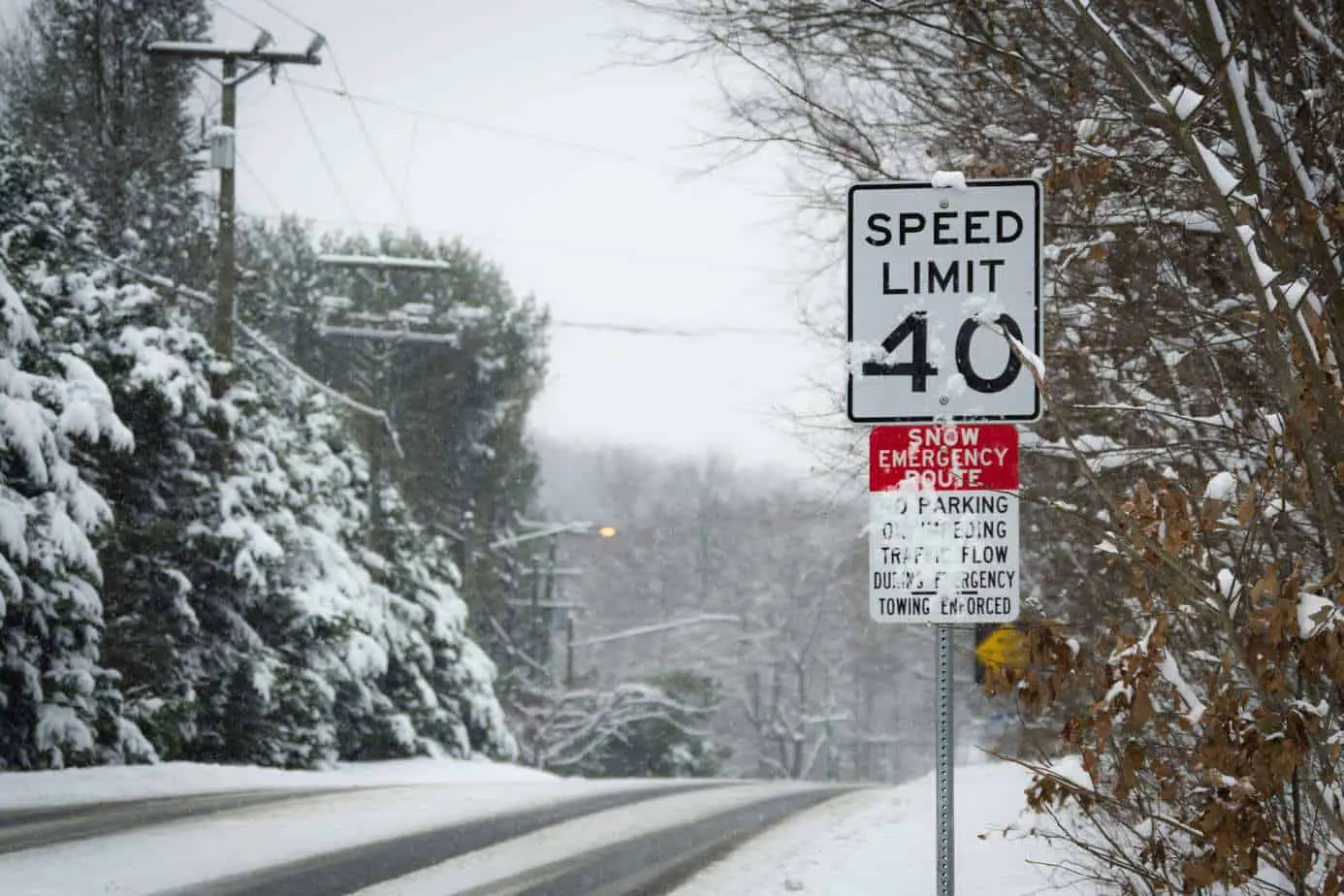Depending on where you live, you may or may not have put much thought into how you would stay warm when the power goes out. Fortunately, for most of us, power outages are an inconvenience and nothing more. However, there are times when a loss of power carries much more significant consequences.

If you find yourself without power in freezing temperatures, there are a few things you can do to help yourself through that situation. Often times, power will be restored in a matter of hours, but there have been instances where people have lost power for days. We experienced an unexpected ice storm in February 2018, that caused havoc in our area. We only lost power for half a day or so, but our neighbors were not so lucky. Some were without power for 3-4 days.
The massive build-up of ice caused several things to happen. First, it may vehicular travel very difficult. Snow is typically not too much of a problem even with the lack of snow driving experience people in this area have. Ice is another story.

Secondly, the extreme weight of all the ice building up on the trees caused a lot of limbs and entire trees to fall down. As a result, a lot of the power lines were taken down as well. In some instances, trees fell in the perfect spot to take down the pole, lines and all. This obviously caused additional problems.

Lastly, the simple weight of the ice on the power lines themselves was enough to cause quite a few to fail and come down. Once the winds started picking up a little the issue started to magnify.
When the power companies starting showing up to make repairs, they had to deal with extremely wet, saturated soil. It was common for the utility trucks to find themselves stuck and buried up to their axles. This compounded problems and only added to already lengthy repairs.
What to do
Stay indoors

It seems like a no-brainer, but going in and out a few times can be detrimental two-fold. First, it exposes you to the elements, which can drop your core body temperature. Secondly, every time you open a door you are letting cold air in and warm air out. It’s best to maintain the warmth you have inside as long as possible.
Stay in the smallest room
Inside your home, try to stay in the smallest room possible. This may be dictated by several things such as having an alternate heat source, etc. However, all things being equal, the smallest room will be the easiest to warm and keep warm.
Keep doors shut as much as possible
Again, we are trying to maintain heat as long as possible. This may mean keeping what little heat you have inside your home, or it may mean keeping it to a particular room.
Keep everything buttoned up as much as possible. You may be seeing a reoccurring theme here. Maintain heat and isolate yourself as much as possible. A large family in a small interior room can raise the ambient temperature more than you think.
Layer clothing
Be sure to layer up just like you would heading out into the elements. A base layer, insulating layer, and outer layer will work wonders. Granted, the outer layer is usually geared more towards wind and precipitation, it can also help trap some of the body heat you are producing.
Use blankets/sleeping bags

Use plenty of blankets and sleeping bags as appropriate. This is in addition to your clothing and can be adjusted as needed.
Draw drapes and curtains or cover windows
At a minimum, be sure to shut blinds and curtains/drapes. Heat loss through windows is a real thing. You may even consider covering the windows with plastic or blankets.
Use rolled-up towels or clothing to block drafts
Use a rolled-up towel or clothing to block drafts under doors. Stuffing those gaps tightly can assist in…you guessed it, keeping warm air in and cold air out.
Drink warm liquids

Drinking warm liquids is a great way to increase your core body temperature. The only downside is the more you drink the more likely you are to have to go to the restroom, which is another way you can lose body heat. Going to the restroom will also cause you to have to open doors and lose any heat you have been working hard to keep in.
Conclusion
Being stuck at home due to horrible road conditions with no power and heat can make for a bad time. Ideally, you have an alternate heat source like a fireplace or wood-burning stove. If not, it’s time to hunker down and wait it out if you have to.
Most of these recommendations are common sense and will probably serve as a refresher for most folks. As you know, there are a lot of other gear and techniques that are perfectly viable solutions as well. I tried to keep this list to the most basic, simple things you can do in a pinch. Be sure to implement these tips if you can and hopefully they make the experience a little more bearable.

